
A mother and her two sons all develop lu.ng can.cer even though no one in the family smokes — The unexpected cause
A mother and her two sons all develop lu.ng can.cer even though no one in the family smokes — The unexpected cause
After the mother passed away from lung cancer, her two sons, out of concern, went for medical check-ups and were both diagnosed with the same disease.
A family in Taiwan (China) faced tragedy when the mother died of lung cancer. Out of worry, the eldest son proactively went for an examination, and the unexpected result showed that he also had lung cancer. Fortunately, it was in the early stage, so surgery produced a good outcome.
Seeing that his younger brother had only a mild cough lasting for a month, he advised him to get checked as well. CT results revealed multiple suspicious metastatic lesions in the younger brother’s lungs. Further tests confirmed stage IV lung cancer—even though he appeared healthy, had good physical fitness, avoided alcohol and cigarettes, and regularly ran marathons.
Dr. Su Yifeng, a respiratory specialist at Taipei City United Hospital (Taiwan, China), said he had treated many similar cases in which, when one person in a family is diagnosed, others are also found to have lung abnormalities—though usually at an early stage. In this case, however, it was particularly unfortunate because the patient was young, physically active, but diagnosed late.
Lung cancer is a “silent killer”; most patients only discover it at a late stage when symptoms appear. He emphasized that 60% of lung-cancer patients in Taiwan (China) are non-smokers. Many are shocked when diagnosed because they neither smoke nor drink alcohol. However, according to Dr. Su, cooking fumes, air pollution, PM2.5 fine dust, and living near major roads are all risk factors.
The fact that all three family members developed the disease strongly suggests a genetic component, after ruling out smoking, pollution, and kitchen fumes.
Dr. Su also mentioned the case of a 26-year-old male singer in Taiwan (China) who was publicly diagnosed with late-stage lung cancer. His mother had also died from the disease. Although heredity was likely involved, he noted that environmental pollution—ranging from industrial emissions to charcoal-burning stoves—has significantly increased the incidence of lung cancer, not to mention widespread exposure to secondhand smoke.![]()
Hidden risk factors inside the home
The doctor pointed out commonly overlooked sources of danger:
-
Office printers emit large amounts of ultrafine carbon particles.
-
Household heating devices such as air fryers and ovens generate PM2.5.
-
A study published in the American Journal of Respiratory and Critical Care Medicine found that using household cleaning products can damage the lungs equivalent to smoking 20 cigarettes a day.
Dr. Su’s recommendations:
-
People with a family history of lung cancer should begin screening 10 years earlier than the age at which their relatives were diagnosed.
-
Many patients are now diagnosed as early as their 30s and 40s; therefore, low-dose CT (LDCT) scans during routine health check-ups are highly beneficial.
-
If a low-dose CT scan shows no abnormalities or nodules, the next 3–5 years are generally considered safe before another scan is needed.
News in the same category


Symptoms of chronic bronchitis and treatment
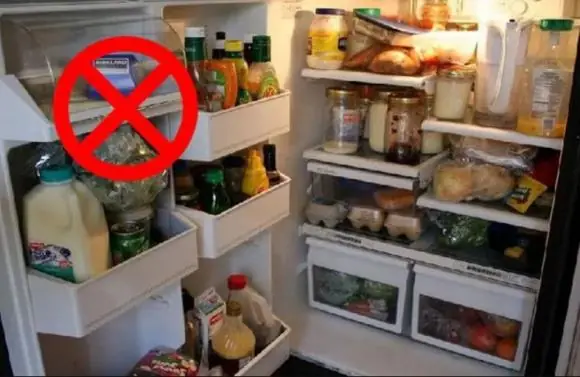
A Common Mistake Everyone Makes: It’s Not Leftovers — These 5 Foods Are the Real “Silent Kil.lers” Hiding in Your Kitchen!
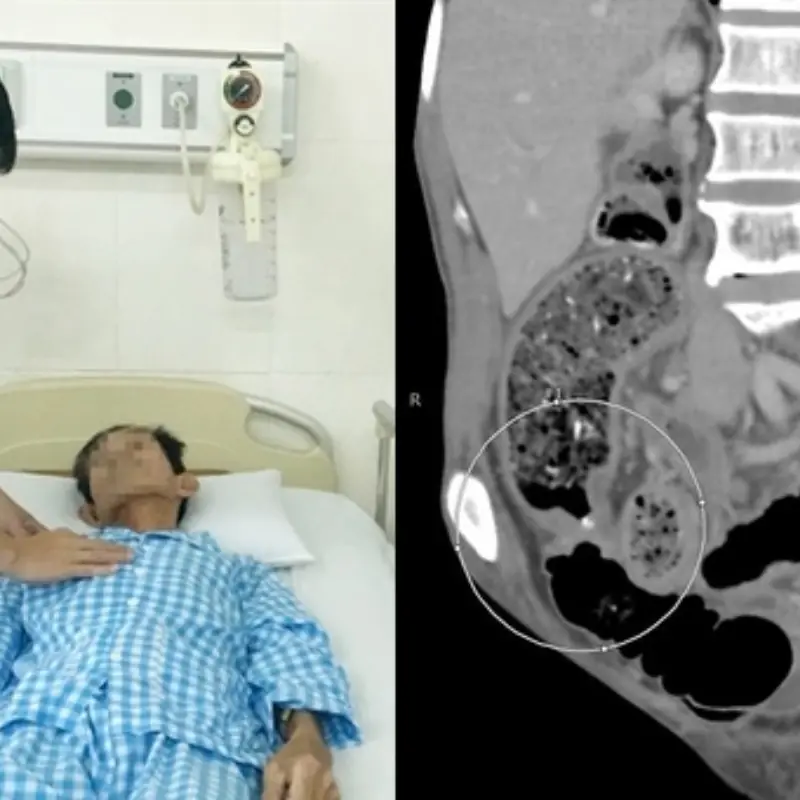
Doctors Reveal the Cause: Ignoring His Constipation Symptoms Cost a 41-Year-Old Man His Life in Just One Month
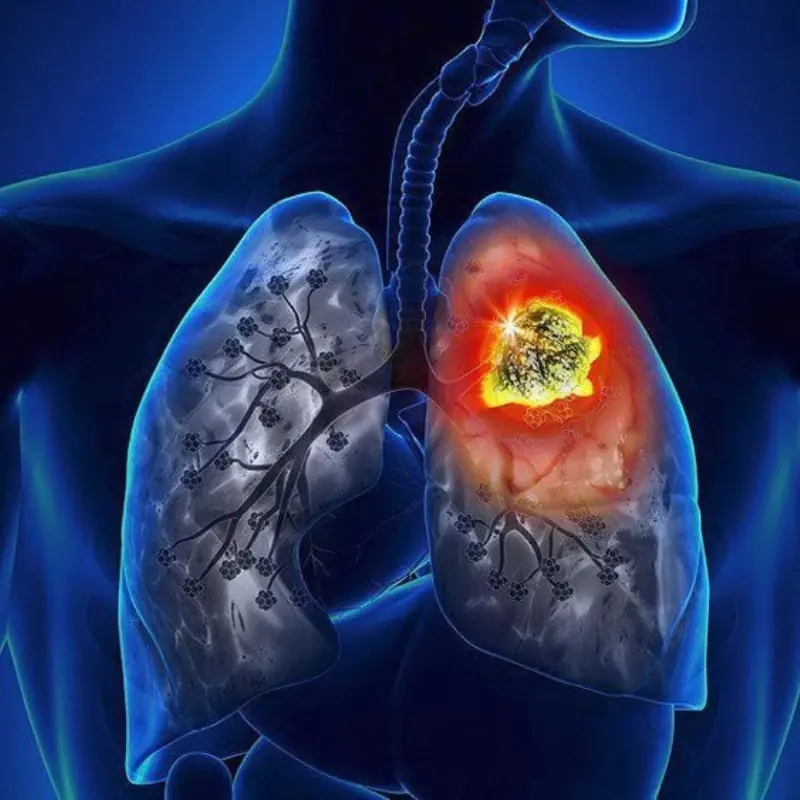
A Small Spot on the Chest Seemed Harmless… but Doctors Say It’s a ‘Silent Killer’ Hiding in the Lungs
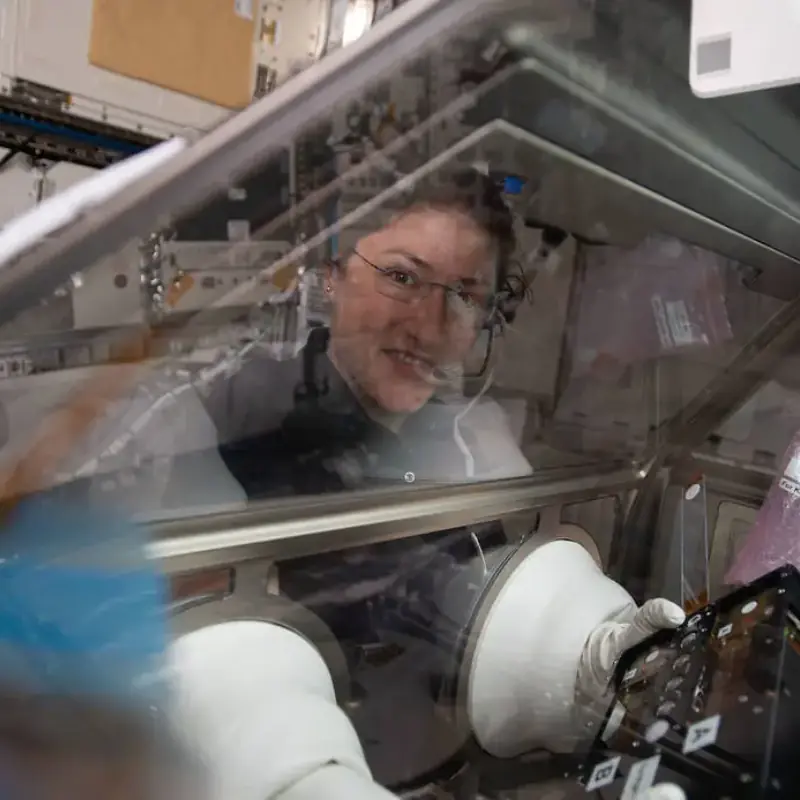
Shocking: A Mission to Mars Could ‘Destroy’ Astronauts’ Kid.neys — What Is NASA Warning About?

The Faithful Dog Who Braved the Storm and Found Love in the Most Unexpected Companion

She Walked Away and Chose Her Son Over Me — But It Was Grandma Who Stepped In and Taught Her a Lesson That Changed Everything Forever
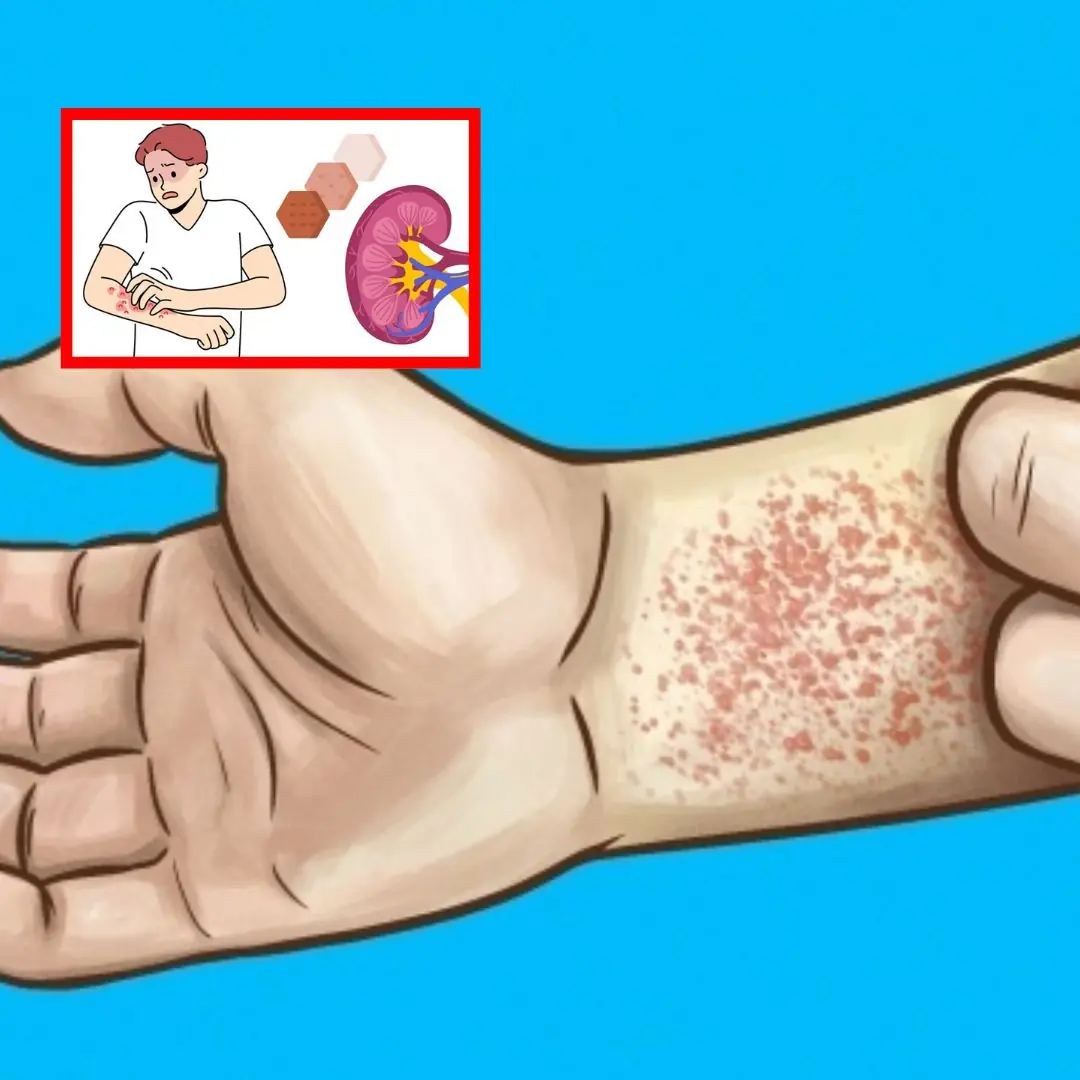
10 signs that you have kidney disease without knowing it
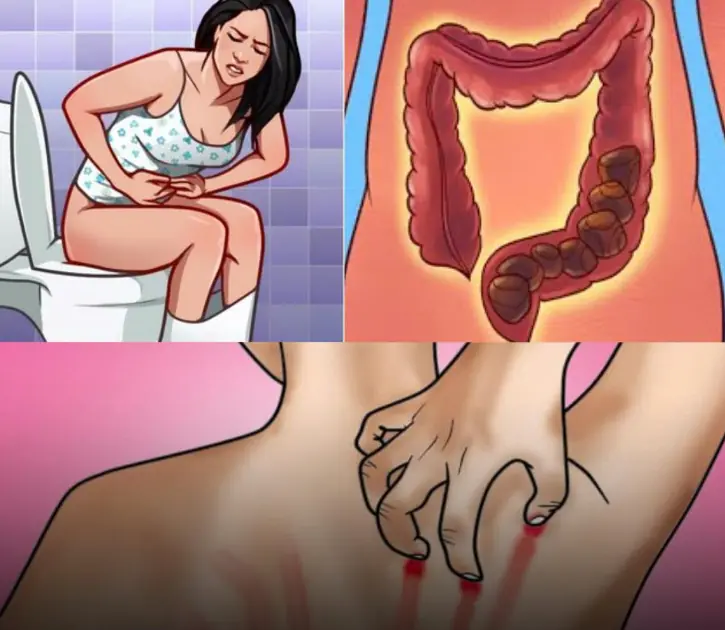
10 Warning Signs That May Indicate Abnormal Cell Growth in the Body
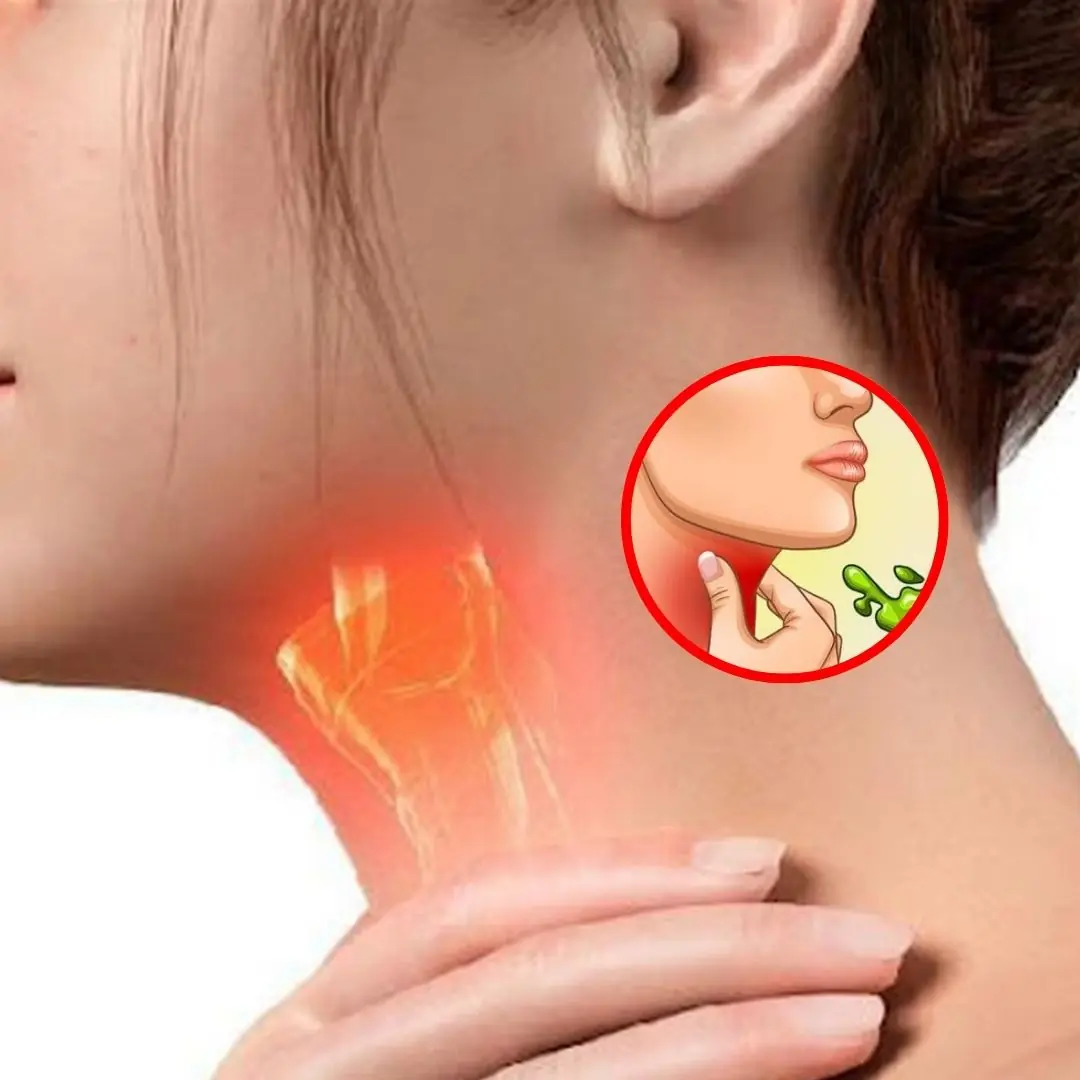
8 Ways To Get Rid Of Phlegm And Mucus In Chest And Throat

Stretch your ring finger with your thumb and hold it for a few seconds. you'll love the reason!

4 “Can.cer-Causing Culprits” Hiding Quietly in Your Home

Black beans combine these two types of seeds to become a 'miracle drug': Increase collagen production, slow down aging, prolong life 👇 👇

Woman goes to the doctor for indigestion, finds out she has liver can.cer: Doctor panics: "Who eats breakfast like this for 20 years?"

9 foods with natural anti-can.cer prop.erties, eat regularly and can.cer cells will "not have a chance to visit" 👇

Foods that can ease swelling in hands and feet

5 signs to help detect colitis early, the first signs of which are often overlooked
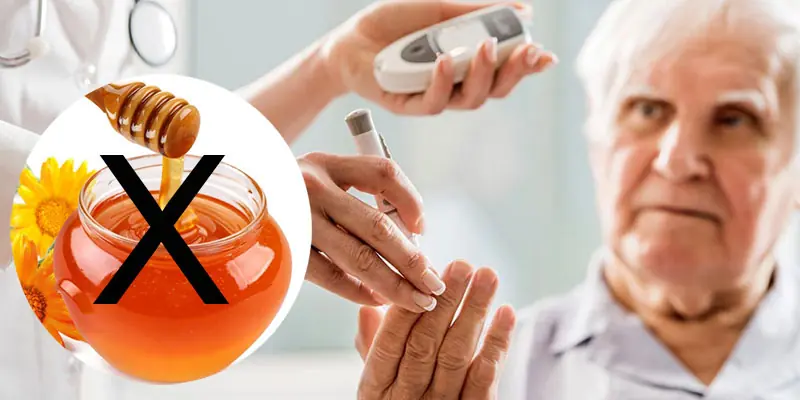
6 Foods You Should Never Combine With Honey
News Post

My wife refused our deaf newborn: ‘leave him at the hospital—I’m not raising a child like this

The Little Boy And The Injured Sparrow

A young girl married an old man to save her family, but on their wedding night the old man did something terrible

She arrived without a suitcase, with just a paper bag. Her eyes expressed a fatigue that seemed less the result of a restless night than that of a lifetime of hardship

An Extraordinary Couple Welcomes a Healthy Daughter — A Story of Love, Loss, and Redemption

Wife and lover accidentally got into a taxi with the husband. When the husband saw this, his glasses almost slid down his nose

4 Evening Symptoms That May Signal Liver Failure

The Unexpected Gift For Our Three-year-old Daughter: Carrot The Tabby Cat And The Miraculous Change In Our Family

How a Simple Date Night Rekindled a Marriage

A trucker’s unexpected turn: How picking up a hitchhiker changed my life

Sonny, we’re giving the mansion only to you! So that this penniless country girl gets nothing after the divorce

A Father’s Promise: A Disturbing Encounter Revealed

The heart-wrenching story of love, trust, and betrayal on my wedding day

The Struggle Against Betrayal and the Fight for Justice

A rich daughter-in-law tried to humiliate me – here’s how I taught her a lesson she’ll never forget

Becoming a Mother at 55: A Life-Changing Secret Revealed on Delivery Day

A New Chapter Begins: A Father’s Journey Through Change and Hope

Belgian Waffles with Cream & Berry Coulis
